For many years there has been a huge push in the pharmaceutical industry to move “beyond the pill.” So what does this mean exactly? The main sources of revenue for the pharmaceutical industry are pills and medications. However, many believe there is opportunity to move past this narrow market and branch out into move comprehensive services and diversify revenue.
Looking further into this realization, there are two main reasons people are pushing for this shift. Firstly, much of the time, medications and pills are not enough for patients taking the pills to achieve the best health outcomes possible. Secondly, as pharmaceutical companies begin to dwindle, this new beyond the pill idea can fill in the gaps and create a new source of revenue. Big Pharma must seek alternatives to solely relying on the value of drugs.
Furthermore, the numbers back up these shifts as well. For example , 74% od asthma patients, 63% of diabetes patients, and 82% of schizophrenia patients expect pharmaceutical companies to do more for them than just help them with their medications.
Of course, moving beyond the pill means technology, the digital world, and IoT play a major role in the shift. Therefore, items like wearables, tele-health services, wellness programs, and digital chronic disease management are at the forefront of this large scale migration.
One of the goals of this shift is to further connect patients with the Pharma industry. Patients and customers are likely to find the most interesting and exciting shift lies within the new wearable and personalized technologies available to help improve their health and lifestyles. This is fantastic for the patients as it can help them take control of their health, monitor their own progress, etc., but the biggest positive is the long-term improved health outcomes for the patients.
Just as much as patients want their futures to be filled with positive outcomes and abundant health, Pharma want the same thing. The end goal is the same – this is something that both Pharma and patients can agree on, which is huge. It bridges the gap between the regular consumer and Big Pharma.
Example of Beyond the Pill: Novartis-Qualcomm
This massive partnership with worth around $100 million dollars and has even bigger benefits to patients, doctors, and Pharma. As we have discussed in previous blog posts, patient compliance has always been a struggle.
Yet, patient compliance is critical to patients, specifically in organ transplant patients. Novartis decided to address with issue head on with the Proteus pill, which has a built in chip/monitor. This tracks the patients on Diovan. Since tracking has begun, patient compliance went from a mere 30%, to 80% within a short span of six months. That is a huge jump and has immeasurable benefits. As Assistant Professor of Pediatrics and Surgery at Mount Sinai Hospital in New York states, ‘“If we can save one patient from needing another transplant, we’ve saved a life and at least a half-million dollars,”’ said Dr. Tamir Miloh, ‘“The investment is relatively little and the benefit enormous.”’
It is no longer about just providing patients and customers with medications and pills to help treat their illnesses and ailments – it’s about helping patients achieve long-term health and improving overall wellbeing.
Patients expect their pharmaceutical companies to do more for them and to help in ways beyond just providing medications and pill to fix or help their ailments. With these shifts in our society, the pharmaceutical industry has no choice but to move into this new territory and adapt and evolve with our ever-growing world.
In order to achieve these large sweeping goals, the help of technology, IoT-based devices, Big Data, and the like, play a critical role in this transition. These elements are what will transition Pharma into to new world of ingestible tech pills, health-based wearables, and smartphone apps.
However, these kinds of systems are often challenging to develop and get just right – for both the company and the patient. Additionally, there are a host of other challenges to consider throughout this transition phase.
We will now take a look at two of the most common challenges the pharmaceutical industry faces by going Beyond the Pill.
Proper Leadership
Many different pharmaceutical companies have attempted to create beyond the pill strategies and outcomes, but most have not been able to fully follow through. This is because these companies fail to meet specific objectives and their efforts have been forcibly stopped and pulled. These failures are often caused by proper leadership issues and generally knowledge about what exactly needs to be done to achieve a specific end goal.
Since this is uncharted water, people placed in positions to lead these new efforts are generally people already within the company. These individuals typically do not have specific experience and training within this new technology centered and digital world. This makes creating and developing beyond the pill technologies and solutions challenging, if not completely impossible.
Regulation Issues
We also see many issues with proper regulations as well. If we take a look at new start-up companies not directly connected to Pharma, specifically digital health start-ups, these companies are not required to follow or comply with any regulations hat the pharmaceutical industry currently has. This places Pharma at a substantial disadvantage and presents some unknown consequences. If we want to see ultimate success in the meshing of these to complex and high beneficial worlds, we must seek an industry that not just complies with regulations in all aspects, but also aims to work together as one so the end goal can be as successful as possible.





